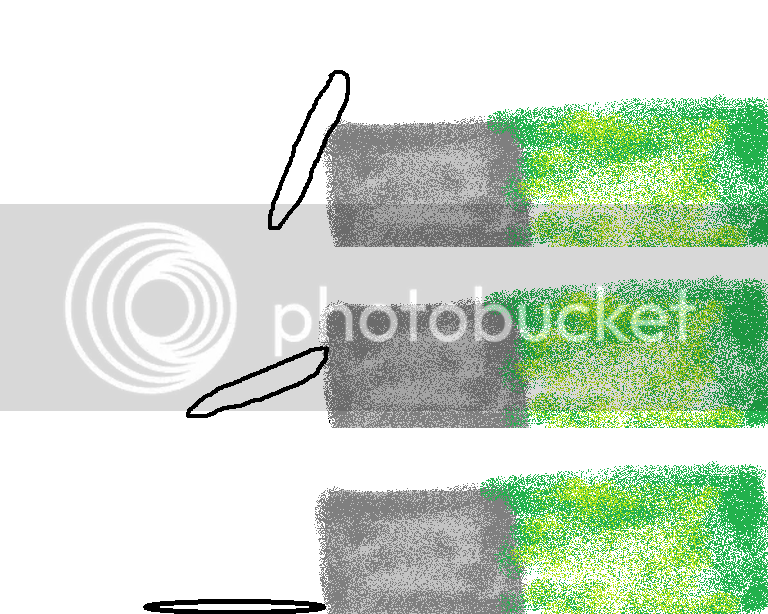DiscinFiend
* Ace Member *
OB....end thread.
Discover new ways to elevate your game with the updated DGCourseReview app!
It's entirely free and enhanced with features shaped by user feedback to ensure your best experience on the course. (App Store or Google Play)
OB....end thread.
So to say "the grass is in" is incorrect. The correct statement is "the road is out." While it seems like both are the same, this highlights one case where the distinction is very important. In this case, the disc is entirely on the road which is defined as OB while also touching the grass which should not necessarily be considered "not OB."
I also hear that people often explain that a disc is in "as long as it still touches something in bounds" which would be true in the case presented and is also a very shaky definition.

"Edge of curb"
Should be simple and should be "if any part of the disc is past the OB line then it's OB regardless if any part of the disc is touching IB". Seems like that would resolve a lot of confusion IMO.
As far as I know around here when there isn't a hard and fast "line" if the grass is inbounds, and it lands on top of grass, even one blade, which it looks like it did, then we'd call it in.
#2 would depend on whether the face of the curb is perfectly perpendicular. Since the OB line is perpendicular, then if the top of the curb overhangs the road, the disc is out; if the face of the curb slants away from the road, then the disc is in; if the face of the curb is perfectly perpendicular, then it's a tough call, but I'd call the disc in bounds (giving the player the benefit of the doubt).
The line is defined by the concrete, not the grass.
It's not whether "are you touching grass" it's "is the disc completelely surronded by concrete."
That's the biggest misconception with OB - they think that it's about touching something IB. It's not. It's about not completely being surronded by something OB. Which in this case it is.